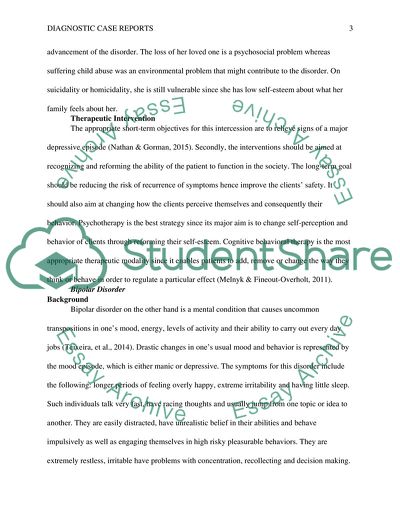Cite this document
(Depression and Its Treatment Case Study Example | Topics and Well Written Essays - 1500 words, n.d.)
Depression and Its Treatment Case Study Example | Topics and Well Written Essays - 1500 words. https://studentshare.org/psychology/1881179-diagnostic-case-reports
Depression and Its Treatment Case Study Example | Topics and Well Written Essays - 1500 words. https://studentshare.org/psychology/1881179-diagnostic-case-reports
(Depression and Its Treatment Case Study Example | Topics and Well Written Essays - 1500 Words)
Depression and Its Treatment Case Study Example | Topics and Well Written Essays - 1500 Words. https://studentshare.org/psychology/1881179-diagnostic-case-reports.
Depression and Its Treatment Case Study Example | Topics and Well Written Essays - 1500 Words. https://studentshare.org/psychology/1881179-diagnostic-case-reports.
“Depression and Its Treatment Case Study Example | Topics and Well Written Essays - 1500 Words”. https://studentshare.org/psychology/1881179-diagnostic-case-reports.


